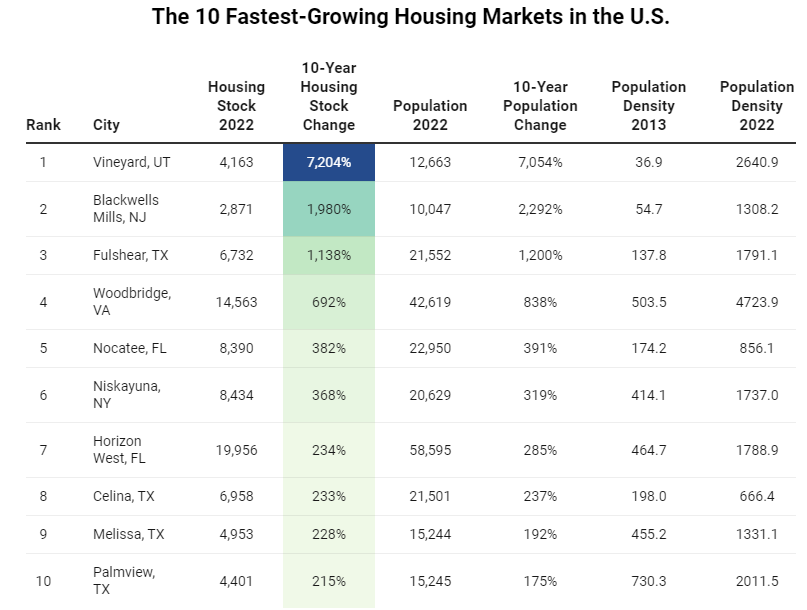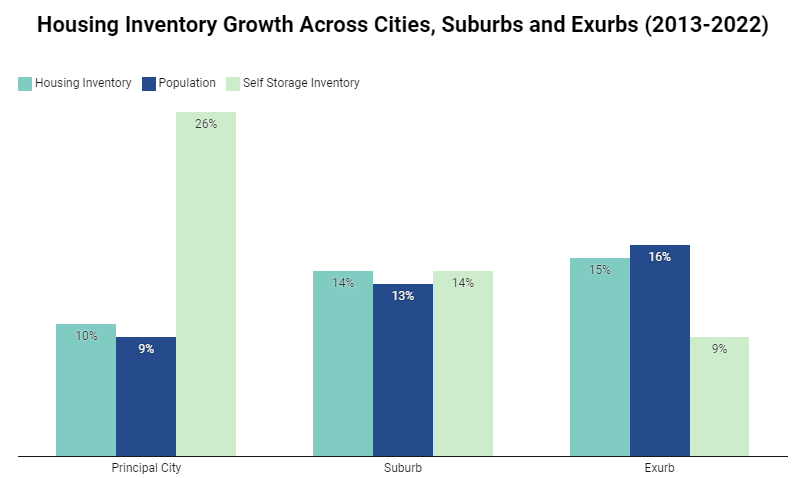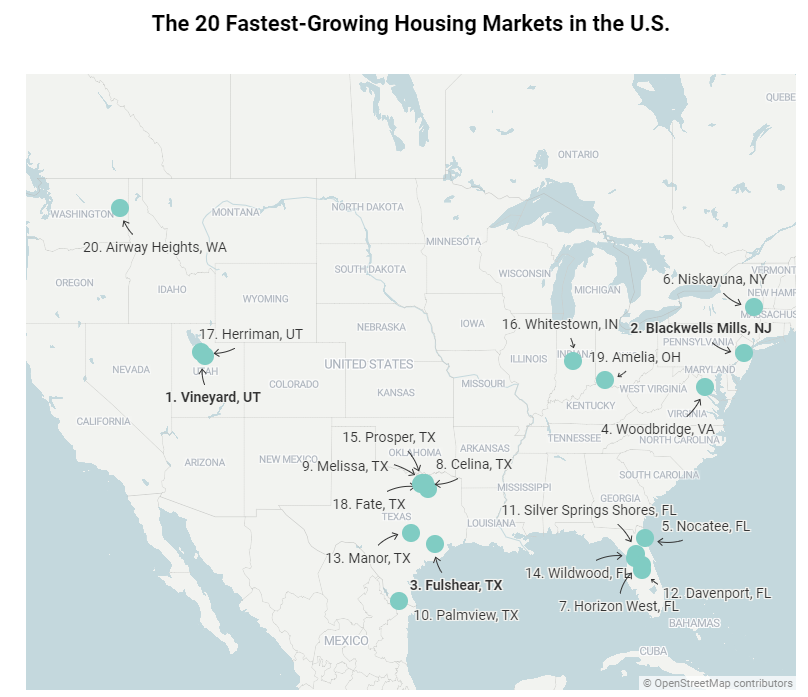According to a new report from StorageCafe, people have been looking for an alternative to busy urban areas and the suburbs have stepped up their game as of late.
Point-and-case, suburban areas across the country are now growing faster than major cities, providing plenty of room to grow their families and for those seeking a better semblance of a work-life balance.
As the current housing market is still seeing skyrocketing home prices and limited inventory, these are the main reasons that are driving people out of urban areas and into the suburbs and beyond.
RentCafe further stated that millennials are the most active generation in terms of both moving and homebuying. They are also leading the resurgence and revival of suburban living, just as they one spurred the urban boom in the 2000s.

For millennials, most of whom are in the parenting stage of their lives, the need for larger homes and outdoor spaces is paramount. This shift is further compounded by the rise of remote work (mainly spurred by the pandemic), which has diminished the necessity of living close to urban job centers, making suburban and exurban living more feasible and attractive than ever.
But it’s not just Gen Y seeking a slower pace of life—Gen Zers are seeking a similar pace of life as well. They are generally well-versed in assessing housing woes based on their predecessors’ experiences. States with lower densities or rural charm have started to appeal to these youngsters. Utah, North Dakota, Colorado, and Alabama are among the top 10 states winning over Gen Zers with perks that include a lower cost of living and generally cheaper housing against a spectacular natural background.
By the numbers

The top three fastest growing housing markets in the country are in some unexpected places. The fastest growing city, Vineyard, Utah, has experienced a population growth rate of 7,054% over the last ten years, going from a population density of 26.9 to 2,640.9 resulting in a 10-year housing stock growth rate of 7,204%.
Blackwells Mills, New Jersey, has experienced a population growth rate of 2,292% over the last 10 years resulting in a 10-year housing stock growth 1,980%. Fulshear, Texas, posted similar numbers of a 1,200% population growth with a 10-year housing stock growth of 1,138%.
Housing inventory in exurbs grew by an average of 15% over the past 10 years, outpacing suburbs at 14% and principal cities at 10%. Population growth in exurbs (16%) also surpassed that of suburbs (13%) and principal cities (9%), highlighting a broader demographic shift. Self storage, which typically follows housing development and population trends, has stayed ahead of the curve, with most relocation hubs offering plenty of storage options.
The fastest growing housing markets in the U.S.

Specifically, Texas and Florida were major destinations on the top suburbs list, with Florida having five listings and Texas having seven. These states have attracted people from across the U.S., notably from California and New York. Their warm climates, low taxes and abundant recreational activities, including beautiful scenery and theme parks, make them standout relocation hotspots. Dallas/Fort Worth suburbs are top choices for young talent seeking job opportunities in the metroplex, while Austin and Houston offer access to a robust tech scene and a cosmopolitan vibe that rivals any coastal hub. Areas like The Villages in Florida cater specifically to retirees, offering a variety of amenities and a community-oriented lifestyle that appeals to older adults looking for a supportive environment to spend their retirement years.
Moreover, the rise of remote work has enabled people to move away from expensive urban centers to more affordable regions where they can maintain a high quality of life while working from home. This trend has benefited cities like Blackwells Mills in New Jersey and Davenport and Nocatee in Florida.
Click here to view the report in its entirety, including interactive charts, graphs, and methodology.






